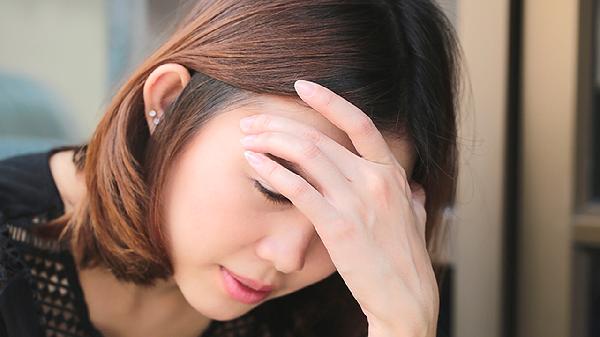Being a teenage girl has never been a walk in the park, but today's teens are navigating emotional minefields that would make even the most dramatic coming-of-age movie look tame. The numbers don't lie - something's shifted dramatically in the landscape of adolescent mental health, particularly for girls and LGBTQ+ youth. While mood swings and emotional turbulence have always been part of the teenage experience, the current crisis-level statistics reveal we're dealing with something far more systemic than typical growing pains.
The Perfect Storm of Modern Adolescence
Today's teen girls are caught in a perfect storm of societal pressures, biological changes, and digital overload that previous generations never faced. The pandemic didn't create these issues, but it acted like emotional gasoline on smoldering mental health concerns. When schools shut down, teens lost crucial developmental milestones - first kisses at school dances, whispered secrets in cafeteria corners, the electric buzz of hallway gossip. These might seem trivial to adults, but they're the social scaffolding that helps teens build identity and resilience. Without them, many girls found themselves marooned in their bedrooms, scrolling through highlight reels of what looked like everyone else living their best quarantine lives.
The Social Media Paradox
Social media presents a particularly cruel paradox for teen girls. On one hand, it's their primary mode of connection and self-expression. On the other, it's a 24/7 performance stage where the audience never claps and the critics never sleep. Platforms that promise connection often deliver comparison instead. The CDC's bullying statistics reveal just how vicious these digital spaces can become, with girls experiencing nearly double the cyberbullying of their male peers. And it's not just about overt bullying - the constant exposure to curated perfection creates what psychologists call "reference anxiety," where girls measure their messy real lives against someone else's flawless feed.
When School Doesn't Feel Safe
The classroom should be a sanctuary, but for many girls, it's become another source of stress. Plummeting rates of "school connectedness" are particularly alarming because that sense of belonging acts as psychological armor against depression. For LGBTQ+ students, the numbers are even more dire. When hallways feel hostile and bathrooms become battlegrounds, it's no wonder academic performance and mental health take hits. The Trevor Project's findings about gender-affirming schools being literal lifesavers underscores how basic human dignity shouldn't be up for debate in educational spaces.
The Trauma No One's Talking About
Perhaps the most gut-wrenching statistic is the sharp rise in sexual violence against teen girls. A 3% increase might sound small until you realize it represents thousands more girls carrying trauma that often goes unreported and untreated. For queer teens, the numbers are catastrophic - one in five LGBQ+ students experiencing sexual violence is a public health emergency. These experiences don't just vanish after graduation; they reshape brain development, relationship patterns, and self-worth in ways that echo through adulthood.
What Teen Girls Wish Adults Understood
When you actually listen to teen girls (a radical concept, I know), their needs are heartbreakingly simple. They want adults who won't dismiss their emotions as "just hormones." They want mental health care that doesn't come with a six-month waitlist. They want to walk through school hallways without calculating escape routes. Most of all, they want to be seen as complete human beings rather than statistics or stereotypes. The solutions aren't quick fixes - they require overhauling how we approach education, social media literacy, and mental health infrastructure. But every adult who chooses to listen rather than lecture, to validate rather than minimize, becomes part of the safety net these girls so desperately need.
The teenage girls of today aren't weaker than previous generations - they're weathering storms we never had to face. Their sadness isn't personal failure; it's the canary in society's coal mine. And while the statistics paint a grim picture, they also give us something precious: clarity about where to focus our efforts and the urgency with which we need to act. The good news? Teen girls remain remarkably resilient even in impossible circumstances. Imagine what they could do with proper support.
























